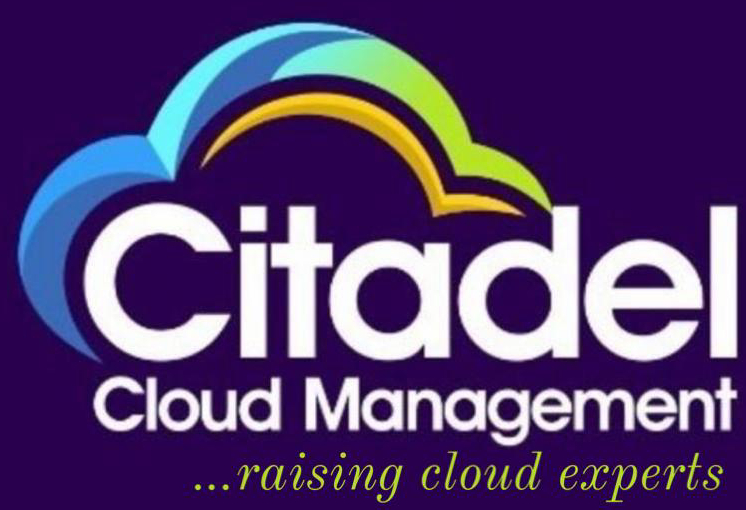In the rapidly evolving landscape of cloud computing, Infrastructure as Code (IaC) has emerged as a transformative approach to managing and provisioning IT infrastructure. IaC allows organizations to automate and manage their cloud resources using code, making the process more efficient, scalable, and error-resistant. This article explores the fundamentals of IaC, its benefits, popular tools, and how it is revolutionizing cloud management.
What is Infrastructure as Code (IaC)?
Infrastructure as Code (IaC) is a practice where infrastructure management and provisioning are done using code instead of manual processes. This approach enables the automation of infrastructure tasks, such as setting up servers, networking, and databases, using descriptive code files.
IaC brings the benefits of software development practices, such as version control, testing, and continuous integration, to infrastructure management. This shift from manual to automated infrastructure management helps organizations achieve greater efficiency, consistency, and scalability.
For a detailed overview of IaC, you can refer to the AWS documentation on Infrastructure as Code.
Key Benefits of IaC
IaC offers several compelling advantages that contribute to its growing adoption across the tech industry:
1. Automation and Efficiency
One of the most significant benefits of IaC is automation. By using code to define and provision infrastructure, manual tasks are reduced or eliminated. This automation speeds up deployment processes, minimizes human error, and ensures that resources are consistently configured according to predefined specifications.
2. Consistency and Reproducibility
IaC ensures that the same infrastructure setup can be replicated across different environments. This consistency is crucial for testing, development, and production environments, where discrepancies in configurations can lead to unpredictable behavior and bugs.
3. Version Control and Collaboration
IaC code can be version-controlled using systems like Git. This allows teams to track changes, roll back to previous versions if needed, and collaborate more effectively on infrastructure changes. This practice mirrors the version control used in software development, providing a structured approach to managing infrastructure changes.
For a deeper dive into how version control integrates with IaC, check out this guide on Git and IaC.
4. Scalability
With IaC, scaling infrastructure becomes a straightforward task. Changes to the code can automatically propagate to all instances, enabling efficient scaling up or down of resources based on demand. This capability is crucial for handling varying workloads and ensuring optimal performance.
5. Cost Management
Automated infrastructure management can lead to better cost control. By defining resource needs precisely, organizations can avoid over-provisioning and reduce waste. IaC allows for precise allocation of resources, ensuring that costs are aligned with actual usage.
Popular IaC Tools
Several tools have become popular in the IaC ecosystem, each offering unique features and capabilities. Here are some of the most widely used IaC tools:
1. Terraform
Terraform, developed by HashiCorp, is a powerful IaC tool that allows users to define and provision infrastructure using a high-level configuration language. It supports multiple cloud providers and on-premises environments, making it a versatile choice for diverse infrastructure needs.
For more information on Terraform, visit the official Terraform website.
2. AWS CloudFormation
AWS CloudFormation is a service provided by Amazon Web Services (AWS) that allows users to define and provision AWS infrastructure using templates. It integrates seamlessly with other AWS services and provides a robust platform for managing cloud resources.
Explore AWS CloudFormation further through the AWS CloudFormation documentation.
3. Ansible
Ansible, developed by Red Hat, is an open-source automation tool that also supports IaC. It uses YAML for defining configurations and focuses on simplicity and ease of use. Ansible is suitable for both infrastructure management and application deployment.
Learn more about Ansible from the official Ansible website.
4. Puppet
Puppet is a configuration management tool that has been adapted for IaC. It uses a declarative language to manage and automate infrastructure tasks. Puppet is known for its robust feature set and strong community support.
For details on Puppet and its capabilities, visit the Puppet official site.
5. Chef
Chef is another IaC tool that uses code to automate infrastructure management. It employs a Ruby-based DSL (domain-specific language) to define configurations and manage infrastructure components.
Find more about Chef at the Chef official website.
Implementing IaC: Best Practices
To maximize the benefits of IaC, it is essential to follow best practices that ensure effective and efficient management of infrastructure:
1. Start Small and Scale Gradually
Begin by implementing IaC for smaller, less critical infrastructure components. As you gain experience and confidence, gradually scale up to more complex environments. This phased approach helps mitigate risks and allows for incremental learning.
2. Use Version Control
Always use version control systems like Git to manage IaC code. This practice helps in tracking changes, collaborating with team members, and rolling back to previous versions if necessary.
3. Test Infrastructure Code
Just as with application code, IaC code should be tested thoroughly before deployment. Implement automated testing frameworks to validate infrastructure configurations and detect issues early in the development cycle.
4. Document Your IaC
Maintain comprehensive documentation for your IaC code, including comments within the code and external documentation. This practice aids in understanding the purpose and functionality of different configurations and helps new team members get up to speed quickly.
5. Monitor and Audit
Regularly monitor and audit your IaC configurations to ensure compliance with best practices and security standards. Automated tools and practices can help identify and address any issues or discrepancies that arise.
For additional resources on best practices in IaC, the Cloud Academy blog provides valuable insights and tips.
Challenges and Considerations
While IaC offers numerous benefits, it is not without its challenges. Some common considerations include:
1. Complexity Management
As infrastructure grows in complexity, managing IaC configurations can become challenging. Proper organization, modularization, and documentation are crucial to handling complex setups effectively.
2. Security
Ensuring the security of IaC configurations is vital. Sensitive information such as API keys and passwords should be managed securely, and access controls should be enforced to protect infrastructure code.
3. Skill Requirements
Implementing IaC requires a certain level of expertise in coding and infrastructure management. Organizations may need to invest in training or hire skilled personnel to fully leverage IaC tools and practices.
The Future of IaC
As cloud computing continues to evolve, IaC is expected to play an increasingly central role in infrastructure management. Emerging trends such as serverless computing, container orchestration, and multi-cloud environments are likely to influence IaC practices and tools.
The ongoing development of IaC tools and technologies promises even greater automation, scalability, and integration capabilities. Staying informed about the latest advancements and best practices will be essential for organizations seeking to remain competitive in the ever-changing cloud landscape.
Conclusion
Infrastructure as Code (IaC) is revolutionizing cloud management by providing a more efficient, consistent, and scalable approach to infrastructure provisioning and automation. With its ability to automate tasks, ensure consistency, and enable collaboration, IaC is transforming how organizations manage their IT resources. By adopting best practices and leveraging popular IaC tools, businesses can harness the full potential of IaC to drive innovation and optimize their cloud infrastructure.
For further reading on IaC and its impact on cloud management, you might find the following resources useful:
By exploring these resources, you can gain deeper insights into IaC and its role in shaping the future of cloud infrastructure management.s, visit the Puppet official site.

